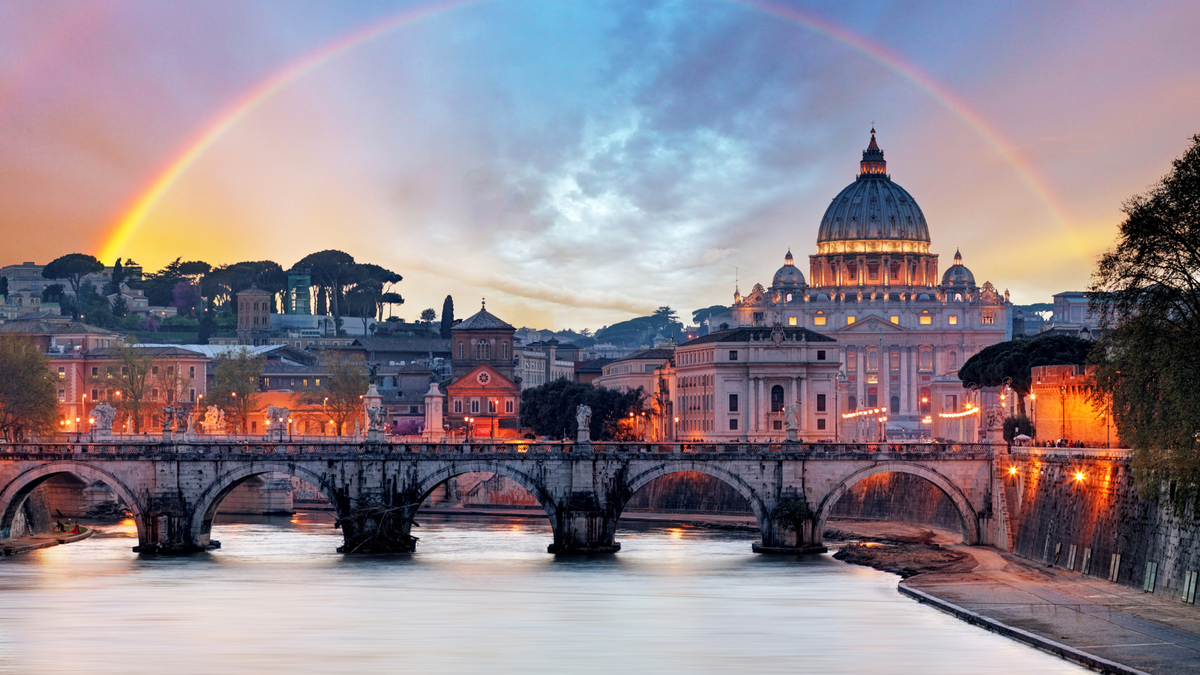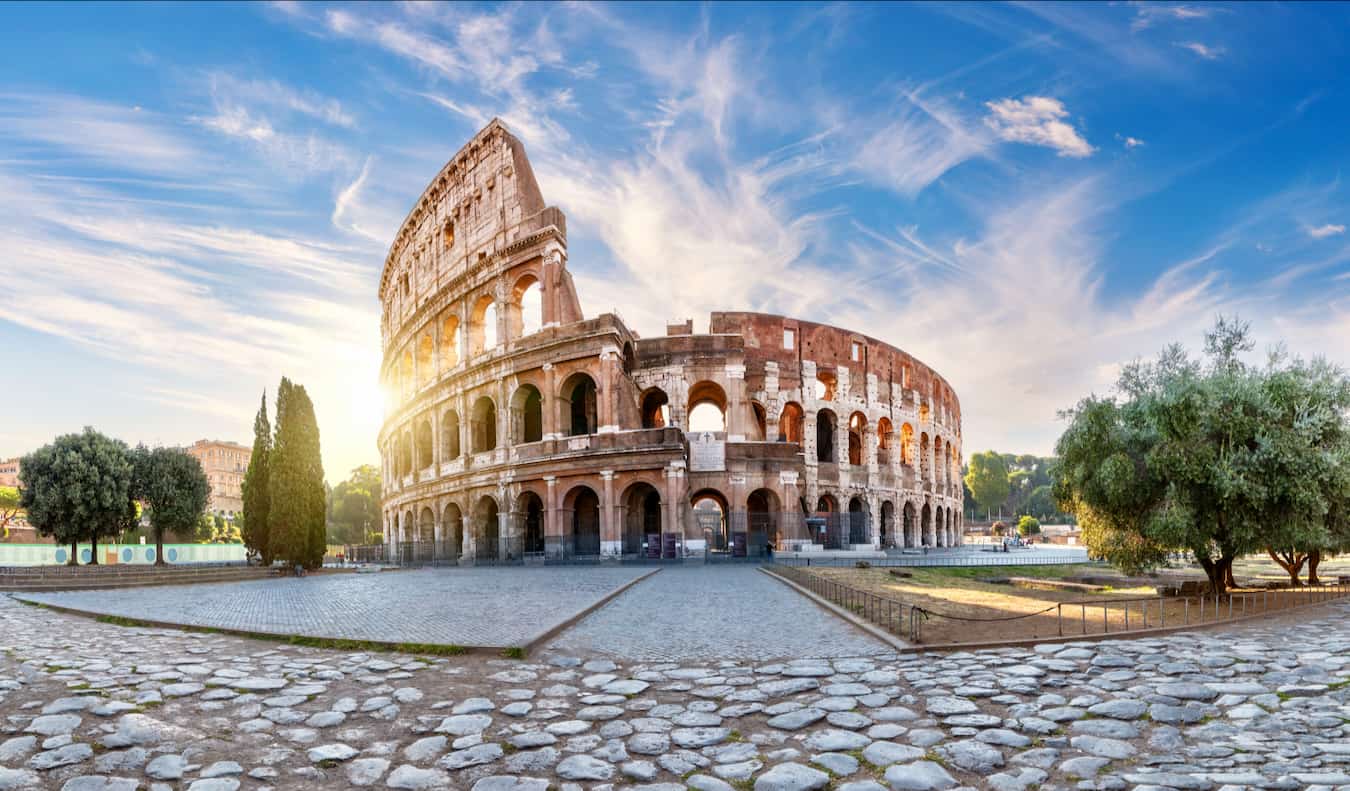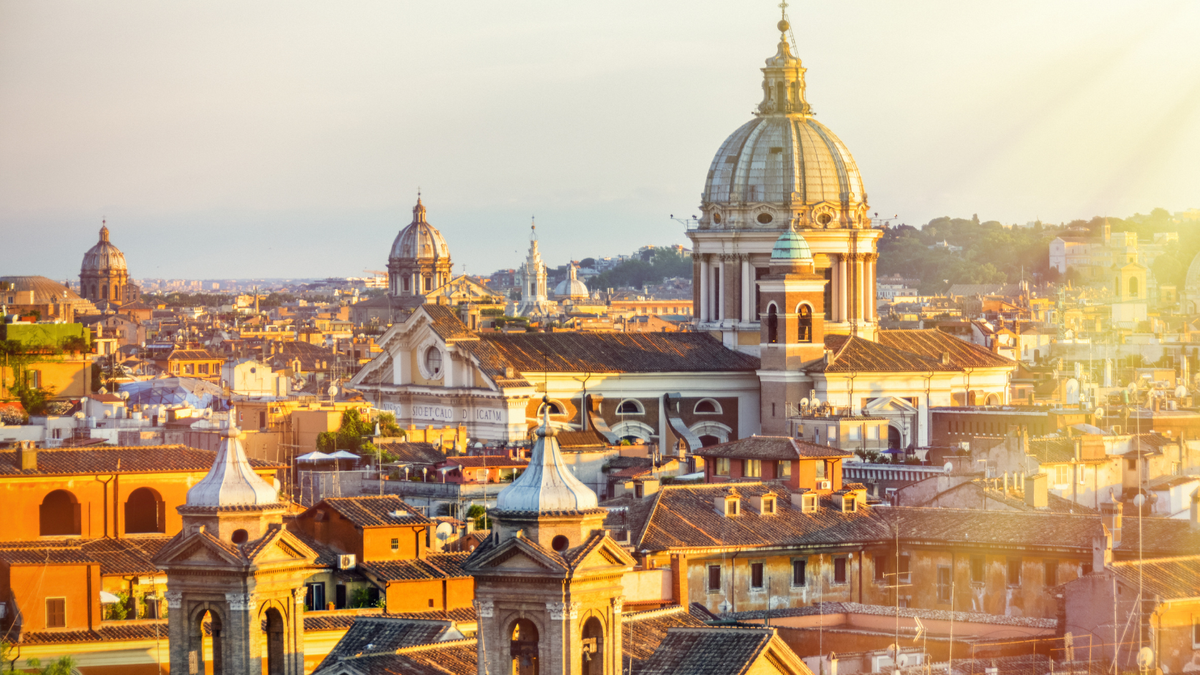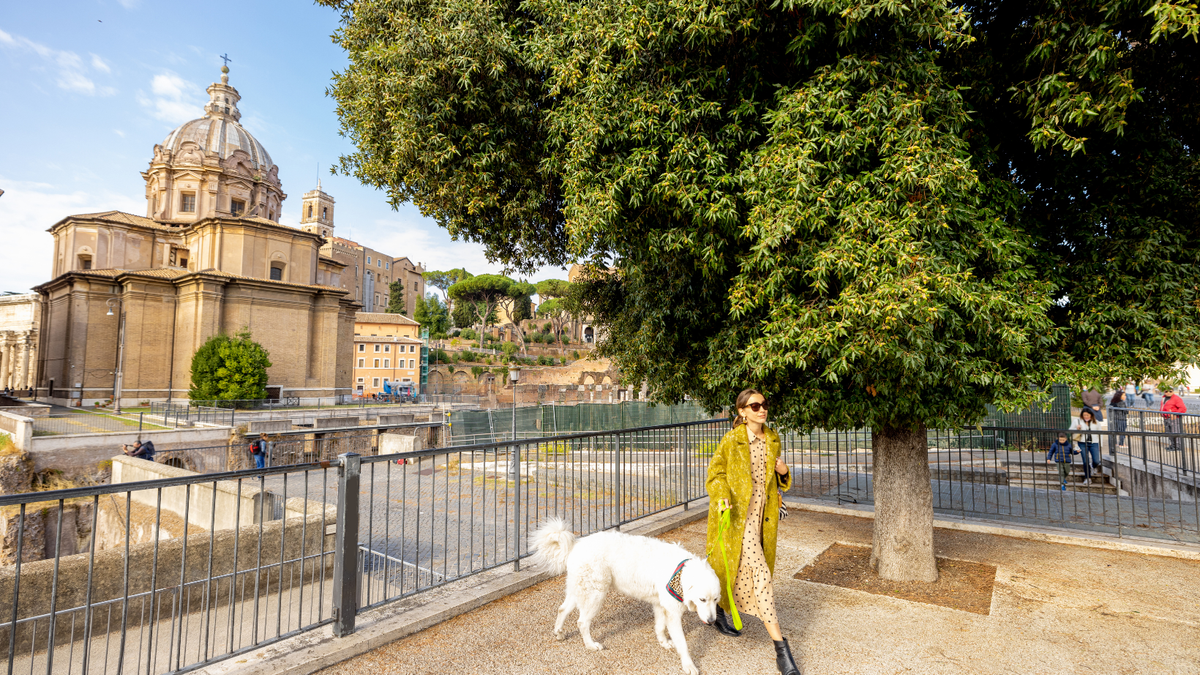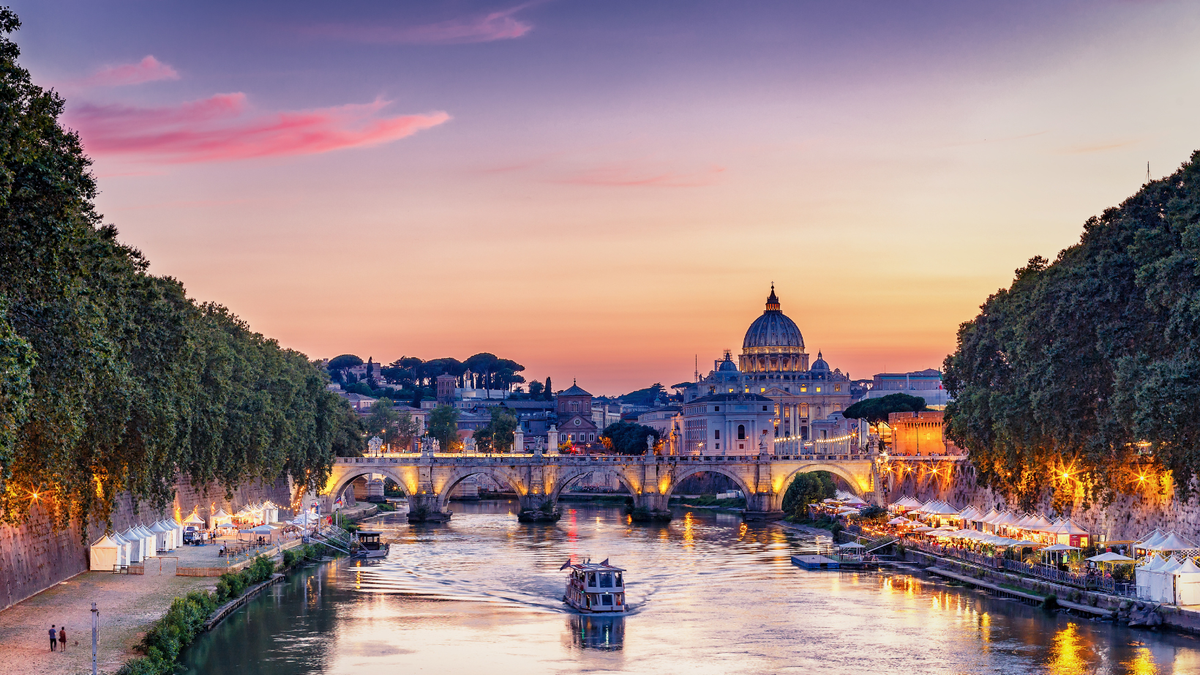The Colosseum: Rome's 2000-Year-Old Iconic Attraction
If you're planning a trip to Rome, visiting the Colosseum should be at the top of your list.
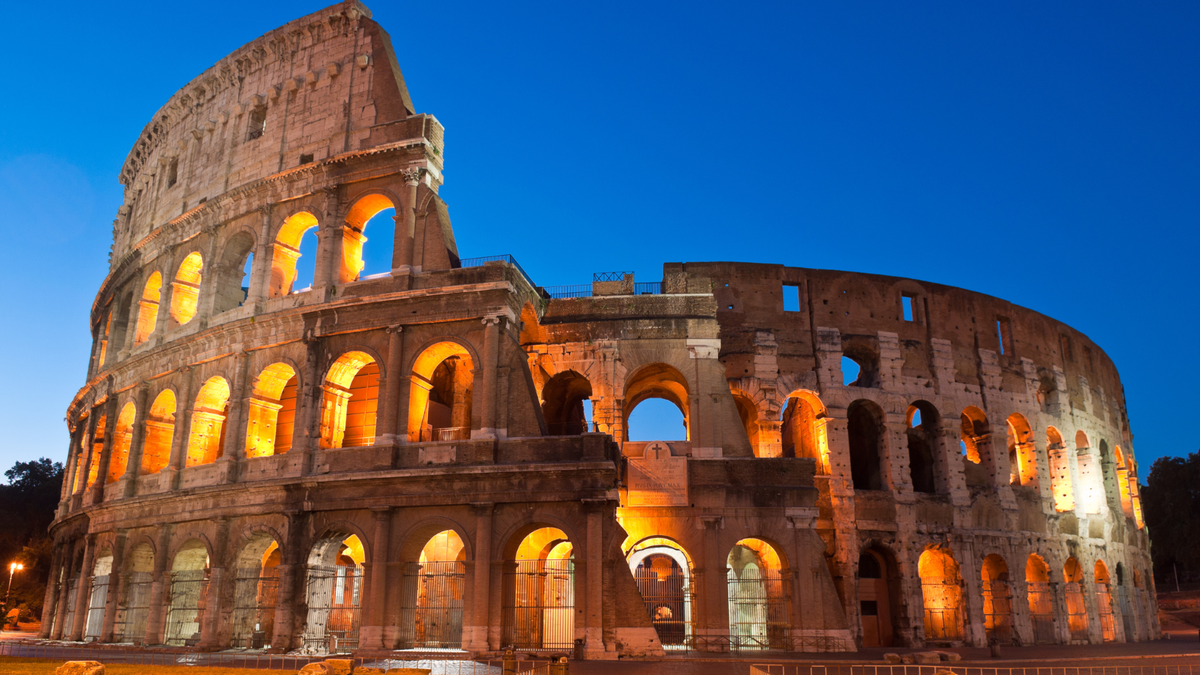
The Colosseum in Rome remains an unmissable stop for anyone interested in history, architecture, or simply exploring one of the greatest structures from the ancient world.
Once the site of epic gladiatorial battles and large-scale public spectacles, today it attracts millions of visitors annually, eager to walk through its ancient corridors and imagine its past.
Also known as the Flavian Amphitheater, the Colosseum was completed in AD 80 and could seat up to 50,000 spectators. Its elliptical shape and tiered seating ensured that everyone had a clear view of the action, whether it was gladiatorial combat, public executions, or even mock naval battles.
The Colosseum is a UNESCO World Heritage Site, and its significance in understanding Roman history cannot be overstated. While the Colosseum has withstood earthquakes, stone robbers, and the test of time, it remains a symbol of Rome's enduring legacy.
Today, it’s a popular destination that showcases not just the grandeur of ancient Rome but also the skills of Roman engineers and architects. A visit here is a step back into a fascinating era.
Not A Member? ✈️
Save Up To 95% On Flights With Our Airline Mistake Fare & Flash Sales Alerts
Rome's Madison Square Garden
The Colosseum was the heart of Roman entertainment, hosting spectacular events that captivated the public. These shows were designed to exhibit Rome’s power and engineering capabilities.
- Gladiator fights: One of the most popular forms of entertainment at the Colosseum was the gladiatorial games. Gladiators, often slaves or prisoners, would fight each other or wild animals in front of thousands of spectators.
- Naval battles: The Colosseum was occasionally flooded to host mock naval battles. Although this might seem impossible, Roman engineers cleverly designed a system to make this happen.
These events were held in honor of emperors or during important festivals, and they were free to attend, making them accessible to everyone in the city.
Architectural Marvel
The Colosseum's structure is a prime example of Roman architectural innovation. Its design is highly functional and aesthetically impressive.
- The arches: The Colosseum is famous for its multiple layers of arches, which not only support the structure but also allow for easy crowd movement. This made it possible to manage large crowds, with the amphitheater able to fill and empty in minutes.
- The underground hypogeum: Beneath the arena floor lies a complex system of tunnels and chambers called the hypogeum. This area housed gladiators, animals, and stage props, and it was equipped with elevators to bring them up to the arena floor.
These architectural features reflect the Romans' advanced knowledge of engineering and design. Today, visitors can explore parts of the hypogeum to gain insight into how these elaborate spectacles were managed.
Special Events At The Colosseum
The Colosseum isn't just an ancient ruin; it's also a venue for several special events that allow visitors to experience the amphitheater in unique ways. These events often focus on Roman history, culture, and art, bringing a fresh perspective to this iconic structure. Here’s a look at some special events and activities that make visiting the Colosseum even more memorable.
Night Tours of the Colosseum
One of the most popular events at the Colosseum is the night tour, which offers a unique experience of the monument. While the Colosseum is breathtaking during the day, exploring it under the soft glow of evening lights adds an entirely different atmosphere. Night tours usually include:
- Guided exploration of the Colosseum’s upper levels and underground hypogeum, giving you a quieter, less crowded experience.
- Access to areas that are often restricted during the day, such as parts of the hypogeum and arena floor.
- An illuminated view of the surrounding area, including the Roman Forum and Palatine Hill.
The summer season is ideal for these night tours as they often run from June to October, taking advantage of the warmer, longer evenings. Reservations are essential, as these tours are incredibly popular.
Reenactments & Historical Shows
Throughout the year, the Colosseum occasionally hosts reenactments of Roman gladiatorial games and other historic events. These shows give visitors a more immersive sense of what the Colosseum was originally used for:
- Gladiator demonstrations: While modern gladiators don’t fight to the death, these shows are designed to give spectators an idea of the skills, weapons, and tactics used by ancient Roman warriors.
- Costume parades: During special times, such as Roman festivals or holidays, actors dressed in traditional Roman attire, including gladiators, emperors, and Roman soldiers, parade through the Colosseum grounds, providing a glimpse into ancient Roman life.
These events typically take place during spring and summer, coinciding with Rome’s high tourist season. If you happen to visit during these times, these reenactments are a fantastic way to see history come to life.
Special Art Exhibits
The Colosseum also serves as a venue for temporary art exhibits and cultural installations that focus on Roman history or architecture. These exhibits are usually displayed in the Colosseum’s exhibition areas, and they change throughout the year. Some previous themes have included:
- The engineering marvels of the Colosseum, showcasing how the Romans built and maintained the structure over centuries.
- Ancient Roman art, with displays of sculptures, mosaics, and frescoes found in and around the Colosseum and Roman Forum.
These exhibits provide a deeper understanding of Roman culture and the historical context of the Colosseum. Visiting during one of these exhibitions can enhance your appreciation of the monument’s significance beyond its use for gladiatorial combat.
Celebrations for Natale di Roma (Rome's Birthday)
Every year on April 21st, Rome celebrates its founding with a city-wide event known as Natale di Roma. The Colosseum often plays a central role in the festivities, which include:
- Parades and historical reenactments around the Colosseum and nearby Roman Forum.
- Special lighting displays that illuminate the Colosseum in the colors of the Roman Empire.
- Live performances, including music and storytelling, that evoke the history of ancient Rome.
Attending the Colosseum during Natale di Roma is a unique opportunity to see the city and its landmarks, including the Colosseum, in a festive and vibrant atmosphere.
Concerts & Cultural Events
In recent years, the Colosseum has hosted select musical performances and cultural events, where the venue’s incredible acoustics are put to use. These events are rare but unforgettable. Attending a concert within the Colosseum offers:
- An incredible backdrop for classical music or opera performances.
- A chance to enjoy the Colosseum in a less traditional, yet deeply atmospheric way.
These performances are typically announced well in advance and require early booking due to high demand.
Tickets, Hours, Tours
A visit to the Colosseum is more than just a walk through history—there are plenty of details that will enhance your experience.
- Opening hours: The Colosseum is open year-round, but its hours vary depending on the time of year. During the summer, it remains open until the early evening, while in winter, it closes earlier.
- Tickets: Entry to the Colosseum requires a ticket, which also includes access to the Roman Forum and Palatine Hill. It’s highly recommended to buy tickets in advance, especially during peak seasons like spring and summer.
- Guided tours: Many visitors opt for a guided tour, which can help you navigate the large site while learning fascinating details about its history and significance.
Tips For Your Visit
To make your visit to the Colosseum more enjoyable, here are some tips:
- Arrive early: The Colosseum is one of the busiest attractions in Rome, so arriving early in the morning can help you avoid the crowds.
- Wear comfortable shoes: The Colosseum is a vast structure with uneven surfaces, so wearing comfortable footwear is essential.
- Explore the Roman Forum: The Colosseum ticket includes entry to the Roman Forum and Palatine Hill, both of which are rich in historical significance. These sites are within walking distance, making it easy to explore all three in one day.
- Visit in the off-season: If possible, plan your trip during the fall or winter, when Rome is less crowded and the temperatures are cooler.
The Colosseum in Rome offers a captivating glimpse into the past. Whether you're walking through its ancient corridors, standing in the arena, or exploring the hypogeum, the Colosseum evokes the grandeur and history of the Roman Empire.
For history enthusiasts and casual travelers alike, it’s a must-visit destination. Take your time to fully appreciate this iconic monument, and don’t forget to pair your visit with a tour of the Roman Forum and Palatine Hill for a complete Roman experience.
Looking For Something Else In Rome?
- Rome's Must-See Attractions
- Best Things To Do In Rome During Off-Season
- Free Things To Do In Rome
- Best Time To Visit Rome
- Best Areas of Rome To Stay For A Luxury Experience
- Best Neighborhoods In Rome To Stay In
- Best Beaches Close To Rome
- Cost To Visit Rome: Travel Budget Guide
- The Colosseum: Rome's Top Attraction
